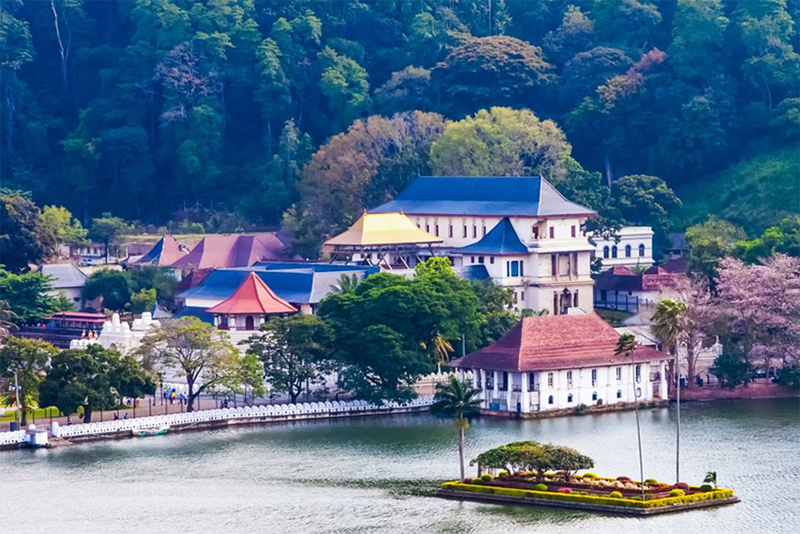Discover the splendor of nature while traveling to Sri Lanka’s charming Hill Country. If you want to get away from the bustle of the city and reconnect with nature, this area is a must-see. You will be in awe of the Hill Country’s scenery, which features expansive, lush tea plantations, mountain ranges, cloud forests, rolling hills, and tumbling waterfalls.
Adam’s Peak
At 2,224 meters above sea level, the magnificent Adam’s Peak is the fourth-highest mountain in Sri Lanka. Near the summit is the Sri Pada, also known as the “sacred footprint” of Buddha. It is a significant place of pilgrimage for Christians, Muslims, Hindus, and Buddhists. Six trails connect major cities and towns with the mountain, and they can be accessed by bus.
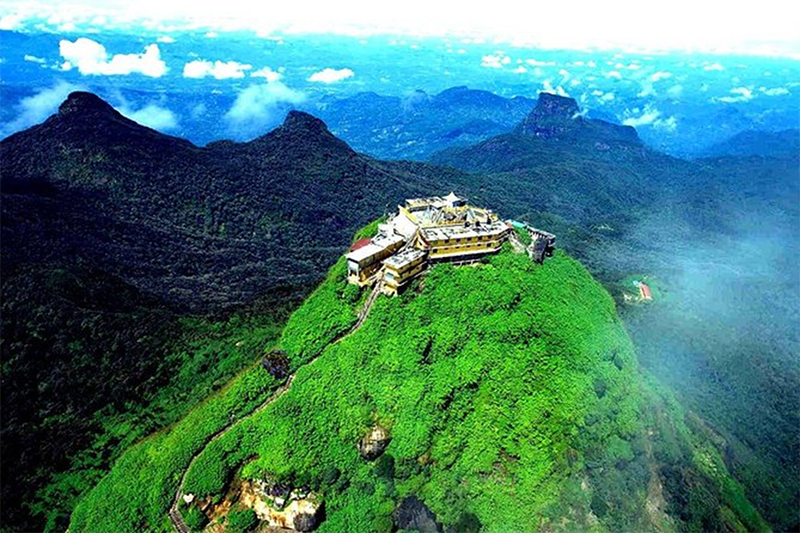
Ella
Embark on one of the most picturesque train journeys to Ella, a quaint town in the Badulla district of Uva Province. Surrounded by stunning mountains, cloud forests, and endless tea plantations, Ella offers breathtaking scenery. Stroll along the Nine Arch Bridge, one of the town’s most photographed landmarks, or hike to the summits of Ella Rock or Little Adam’s Peak. You can also take a short excursion to Lipton’s Seat in Haputale, one of Sri Lanka’s most renowned viewpoints, where you’ll be treated to spectacular views of mist-covered tea plantations in the early morning.

Nuwara Eliya
Explore the delightful city of Nuwara Eliya, situated in the central highlands of Sri Lanka. At an altitude of 1,868 meters and known for its cool climate, it is also renowned for its tea production. In addition to its lush tea plantations, attractions such as Victoria Park, Gregory Lake, and the Hill Club are worth visiting. End your day with a relaxing afternoon tea at the Grand Hotel.
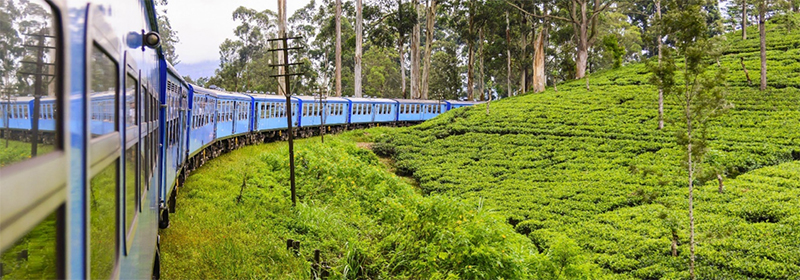
Hakgala Botanical Gardens
Hakgala Botanical Garden, located near Nuwara Eliya in the central highlands of Sri Lanka, is one of the island’s most beautiful and well-preserved botanical gardens. Established in 1861, it is the second-largest botanical garden in Sri Lanka and is renowned for its diverse collection of flora, stunning landscapes, and cool, misty climate. Originally created as a cinchona plantation, Hakgala Botanical Garden was later transformed into a garden dedicated to the cultivation of temperate plants. The garden’s elevation, which is around 5,400 feet above sea level, provides the perfect conditions for a wide range of plants from around the world, particularly those native to temperate climates. Over the years, it has become a key site for both conservation and education. Hakgala Botanical Garden is home to over 10,000 species of plants, including a variety of orchids, roses, ferns, and other tropical and temperate flora. The garden is particularly famous for its collection of roses, which bloom in abundance during the flowering season. The gardens are divided into several sections, including a rose garden, fernery, rock garden, and arboretum, each offering unique and picturesque landscapes.
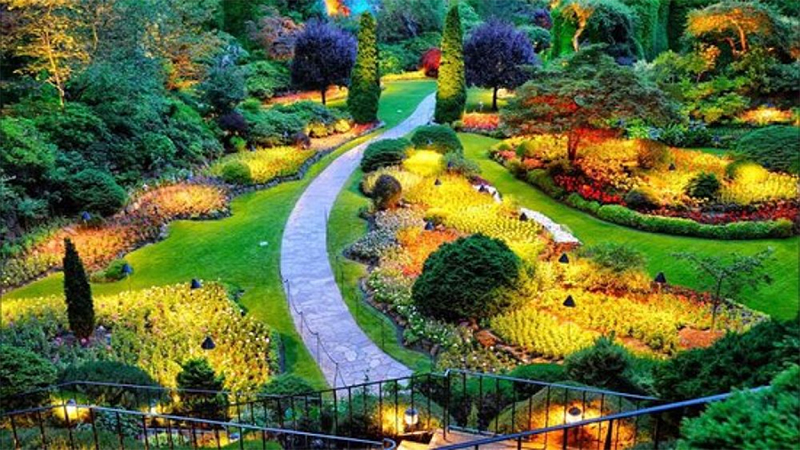
Horton Plains National Park
Satisfy your craving for adventure with a hike in Horton Plains National Park, situated in the central highlands. The park is renowned for its rich flora and fauna, including many species that are unique to the region. Notable attractions include World’s End, a cliff with a dramatic 2,000-meter drop, and Baker’s Falls, a waterfall created by the Belihul Oya river.
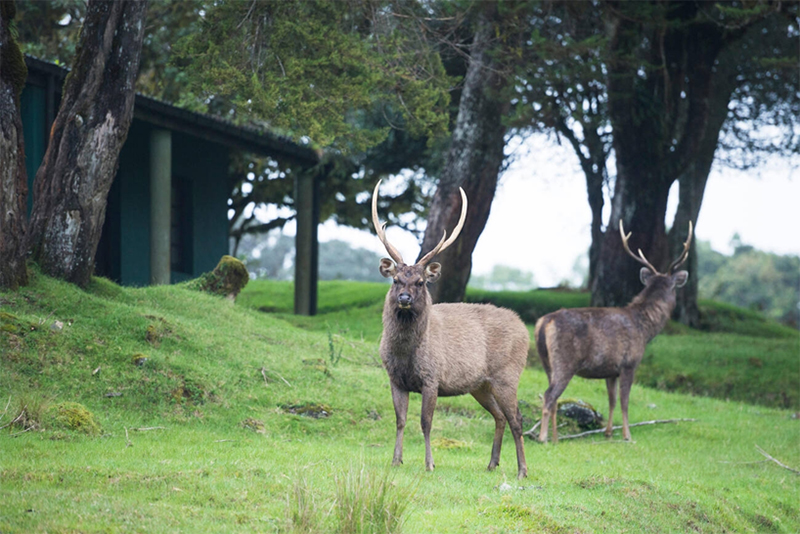
Kandy
Discover Sri Lanka’s second-largest city and cultural capital, Kandy, nestled among several mountain ranges, including the Hanthana and Knuckles ranges. Kandy is renowned for the Temple of the Tooth Relic, a Buddhist temple within the Royal Palace complex that houses Buddha’s tooth relic and is a UNESCO World Heritage Site. Visit the Royal Palace of Kandy, situated to the north of the Temple of the Tooth, which once served as the royal residence of the Sri Lankan monarchy. Other notable sites include the Lankatilaka Temple, an ancient Buddhist temple with traditional Sinhalese architecture; the Gadaladeniya Temple, a 14th-century Buddhist temple designed with Hindu artistic elements; and the Royal Botanical Gardens in Peradeniya, located 5.5 kilometers west of Kandy, famous for its impressive orchid collection.
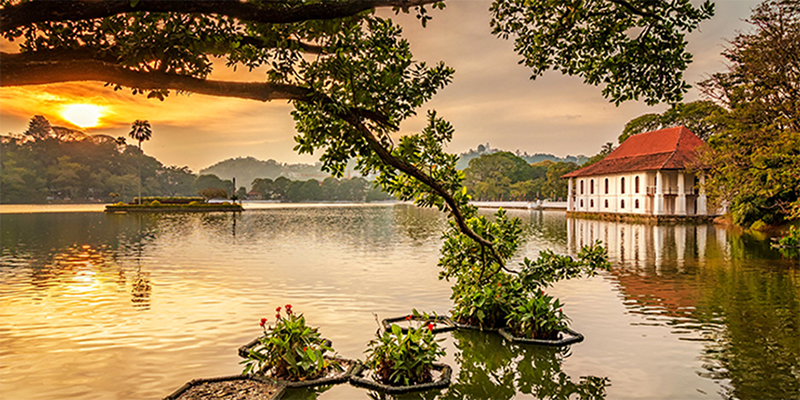
Udawalawe National Park
Experience Sri Lankan wildlife, particularly elephants, in their natural habitat. Udawalawe National Park, situated on the border of the Sabaragamuwa and Uva Provinces, is one of the most popular parks in Sri Lanka.
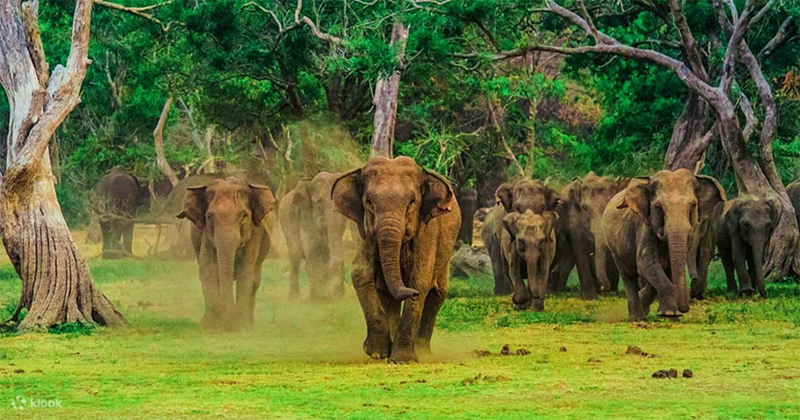
Burduruwagala
Explore ancient Buddhist temples featuring rock-cut Buddha figures that are over 1,000 years old.
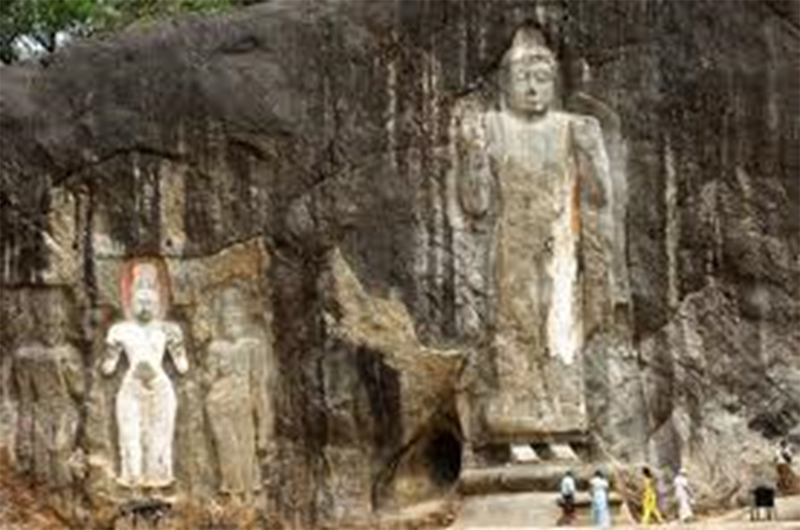
When to visit
Sri Lanka is a tropical island nation with two alternating monsoon seasons. It’s wise to plan ahead to know which regions are dry during your visit. However, Sri Lanka is considered a year-round destination, as clear blue skies and sunny days can still be enjoyed even during the wet season.
High Season (December to March)
- The Hill Country and the west and south coast beaches are the busiest and driest areas.
- During the Maha monsoon season (October to January), the East, North, and ancient cities experience wet conditions.
Shoulder (April and from September to November)
- April and September provide the best chances for favorable weather across the country.
- These months are ideal for exploring without a fixed itinerary.
Low Season (May to August) - The Yala monsoon season (May to August) brings rain to the south and west coasts as well as the Hill Country.
- During this time, the weather in the North and East is typically more favorable.

